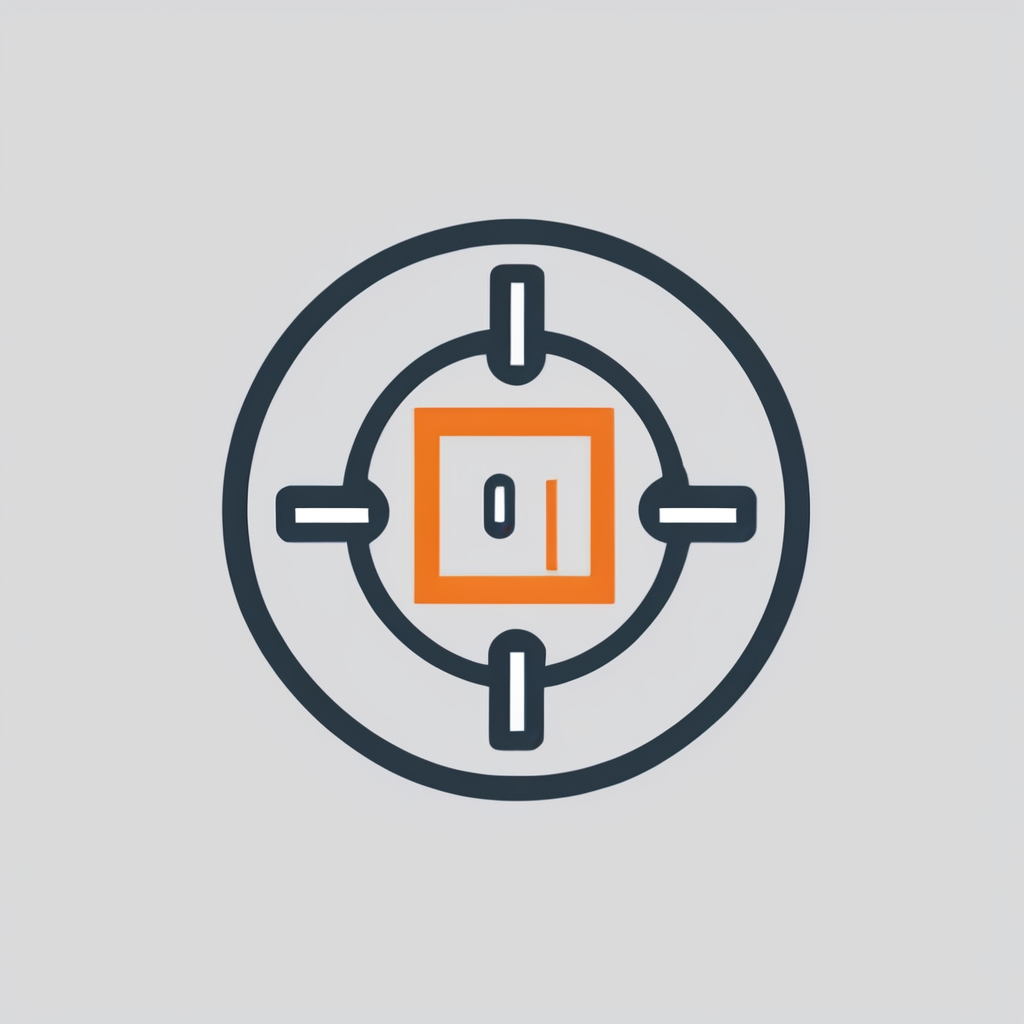Key Color Palettes Dominating UK Interiors
The current color trends shaping UK’s interior design landscape are vibrant yet soothing. Natural tones and earthy hues are particularly dominant, reflecting a growing appreciation for calming, nature-inspired aesthetics. These colors not only create a soothing environment but also bring a touch of the outdoors inside, facilitating a connection to nature, which many find reassuring post-pandemic.
Trending Palettes
The trending color palettes include shades such as soft greens, warm taupes, and muted terracottas. These colors are often complemented by neutral backdrops, like whites and greys, ensuring that the space feels open and airy. Designers are increasingly utilizing these foundations to allow for bolder accents and pops of color.
Also to see : What are the most popular UK garden design ideas this year?
Accents and Pops of Color
Modern UK interiors often feature vibrant shades of blue or mustard as accents to these base tones, adding a spark of energy and sophistication to the overall design. These carefully chosen pops of color can be seen in artwork, furnishings, or decorative items, offering homeowners the flexibility to refresh their space easily without complete overhauls.
By leveraging these color trends thoughtfully, individuals can create spaces that are both stylish and reflective of current design sensibilities.
Also to see : How can you create a budget-friendly home makeover in the UK?
Overview of Current Trends in Home Living and Interior Design in the UK
Following the pandemic, UK home trends have seen a significant transformation. One prevailing trend is the shift towards contemporary design, reflecting a desire for simplicity and functionality. Interior styles have leaned heavily towards minimalism, emphasizing clean lines and uncluttered spaces. This style promotes a sense of calm, allowing for a more organised living environment.
The influence of sustainability on interior design choices cannot be overstated. Homeowners are increasingly opting for eco-friendly materials and energy-efficient appliances. This commitment to sustainability is evident in the popularity of biophilic design, which integrates elements of nature into indoor spaces. By incorporating natural light, plants, and organic materials, this trend fosters a connection to the natural world, enhancing both aesthetics and well-being.
Popular styles today, such as the minimalist and biophilic designs, respond directly to the post-pandemic lifestyle evolution. They highlight the growing priority placed on creating homes that serve as both sanctuaries and functional spaces. As people spend more time at home, the focus shifts to making these interiors both beautiful and practical, meeting the evolving needs of UK homeowners.
Popular Materials and Textures in Interior Design
In the realm of UK home design, the choice of materials and textures plays a pivotal role in defining the ambiance of a space. Natural materials, notably wood and stone, have surged in popularity. These elements not only exude timeless elegance but also resonate with the growing inclination towards sustainability and biophilic design.
Natural Materials’ Rise
Natural materials are celebrated for their aesthetic and environmental benefits. Wood, with its warm undertones, brings a cozy, grounded feel to interiors. It is versatile, easily incorporated into various styles, from rustic to modern. Stone, on the other hand, offers a durable and sophisticated texture that adds depth to surfaces, whether in flooring or feature walls. These materials highlight the balance between natural beauty and practical functionality, encouraging homeowners to embrace a more organic approach to interior styles.
Technology and Texture
The impact of technology on material selection is transforming how designers approach texture in home design. Advanced manufacturing techniques have introduced a range of synthetic options that replicate natural textures with convincing precision. For example, engineered wood offers the look and feel of traditional timber but with enhanced durability and reduced environmental impact. Digital printing technology allows for personalized designs on surfaces, expanding creative possibilities.
Combining Materials
Successfully blending materials results in a cohesive and visually appealing space. Mixing wood with metal or incorporating glass elements alongside stone achieves a dynamic tension, making each material stand out. For instance, combining a sleek marble countertop with warm wooden cabinetry can create a harmonious contrast, adding layers of interest to the kitchen. These thoughtful combinations not only elevate a design but also enhance the functionality and longevity of the space.
Incorporating diverse textures and innovative materials into interior designs allows homeowners to reflect their personal style while creating homes that are both modern and enduring.
Innovative Layouts and Space Utilization
In today’s dynamic UK interior trends, space planning is a crucial element driving how living spaces are organized. The rise of open-concept layouts is a testament to this shift, promoting fluidity and interconnectedness between areas such as the kitchen, dining, and living room. This arrangement not only enhances the perception of space but also encourages interaction and communal activities, catering to modern lifestyle preferences.
Yet, for those dwelling in compact urban environments, inventive solutions for small living spaces are vital. Implementing multi-functional furniture, such as beds with storage or foldable desks, can significantly enhance utility without compromising on style. Vertical storage solutions further capitalize on often-underutilized wall space, maximizing the functionality of every room.
Moreover, achieving functionality without sacrificing style requires a careful balance. Integrating hidden storage solutions and opting for minimalistic designs that prioritize clean lines contribute to a visually appealing yet practical home. By applying these strategies, spaces can be transformed to reflect personal tastes while remaining highly efficient and usable.
Overview of Current Trends in Home Living and Interior Design in the UK
In the post-pandemic landscape, UK home trends have shifted notably as people reimagine their living spaces. There’s a prominent move towards contemporary design, characterized by a streamlined aesthetic and a focus on minimalism. These interior styles are embracing simplicity and functionality, offering clean lines and clutter-free environments. This approach creates a tranquil atmosphere, making homes a haven for relaxation and peace.
Sustainability is a key influencer in these evolving trends. Homeowners are prioritizing eco-friendly materials and choosing designs that minimize environmental impact. This shift is mirrored in the growing popularity of biophilic design, which enhances interiors with elements that reconnect occupants with the natural environment. By incorporating components like natural light, indoor plants, and materials such as reclaimed wood, these designs improve living conditions, offering both practical benefits and an aesthetic appeal.
Current popular styles also reflect these changes. Minimalism, with its emphasis on airy spaces, leverages muted color schemes and unembellished decor. Meanwhile, biophilic design not only promotes environmental consciousness but also contributes to mental well-being, showcasing the interplay between form and function that defines modern interior styles in the UK.
Incorporating Technology into Home Design
Interweaving smart home technology with modern interior design is a burgeoning trend that aims to enrich both comfort and efficiency in UK homes. The seamless integration of technology into design aesthetics has become a priority for homeowners looking to optimize their living environments without compromising style. Devices like smart thermostats, automated lighting systems, and voice-activated assistants are increasingly commonplace, allowing for greater control and customization of the home atmosphere.
Enhancing Design with Smart Technology
The appeal of smart home technology lies in its ability to blend effortlessly with existing decor while offering superior utility. For instance, smart lighting can be programmed to adjust according to personal schedules, moods, or even environmental conditions, providing not just illumination but also ambiance. Similarly, smart speakers and home assistants deliver convenience without imposing on the visual harmony of a room, nestled discreetly among other decorative elements.
Future Tech in Home Living Spaces
Looking ahead, tech trends in home design are poised to evolve further, with increased adoption of augmented reality and AI-driven smart systems. These advancements promise to offer even more personalized home experiences, from virtual reality design previews that allow for easy renovation planning to AI systems that optimize energy efficiency and foster sustainability by monitoring and adjusting consumption patterns in real-time. As these technologies develop, the boundary between tech utility and aesthetic design will continue to blur, heralding a new era of integrated home environments.
Influences of Cultural and Global Trends on UK Interior Design
In the evolving landscape of UK interiors, cultural and global trends play a pivotal role in shaping design aesthetics and preferences. The integration of global influences introduces a diverse palette of styles that UK homeowners eagerly adopt. For instance, the infusion of Scandinavian minimalism with its clean lines and light textures blends effortlessly with British sensibilities, offering both practicality and elegance.
Fusion of Traditional and Modern Styles
The balance between traditional and modern styles is an ongoing trend in UK interiors. Homeowners are artfully combining elements like ornate Victorian mouldings with sleek, modern furnishings. This blend not only honors British heritage but also injects a contemporary flair, creating spaces that feel both timeless and current. Such fusions cater to a variety of tastes, maintaining reverence for history while embracing innovation.
Impact of Travel and Cultural Exchanges
In an increasingly interconnected world, travel and cultural exchanges profoundly influence personal design choices. As people explore different cultures, they often incorporate unique elements into their UK interiors, such as Moroccan tiles or Japanese-inspired zen gardens. This global melting pot enriches home environments, reflecting the individuality and cultural curiosity of the occupants. The result is a vibrant tapestry of styles that tells a story of both personal experience and wider global connectivity.
Sustainable Practices in Home Living
In the UK, a conscious shift towards sustainability in home design highlights an earnest commitment to eco-friendly living. Homeowners are increasingly prioritizing sustainable materials and practices to reduce environmental impact while enhancing their living spaces. This trend is not merely aesthetic but rooted in a deep-seated responsibility to the planet.
Importance of Sustainable Materials
Choosing sustainable materials is pivotal in modern homes. Materials like bamboo, cork, and reclaimed wood are prized for their low environmental footprint and ability to add a unique character to interiors. These choices not only contribute to reducing waste and conserving natural resources but also resonate with the growing desire for eco-friendly design. By opting for these materials, homeowners can ensure that their décor supports sustainability without compromising on style.
Eco-Friendly Furniture and Decor
The market for eco-friendly furniture and decor is expanding rapidly. From sofas made with recycled materials to décor crafted from sustainably sourced textiles, options abound for those looking to minimize their ecological impact. These products are often designed to be durable and timeless, offering long-term use and reducing the need for frequent replacements, which in turn lessens waste.
Implementing Sustainable Changes
Homeowners can make sustainable changes in various ways. Integrating solar panels, using energy-efficient appliances, and installing water-saving fixtures are practical steps toward greener living. Additionally, supporting local craftspeople and artisans further enhances sustainability by reducing carbon footprints associated with long-distance transportation of goods. By embracing these changes, individuals contribute to a healthier planet while enjoying the benefits of a thoughtfully designed, eco-friendly home environment.








